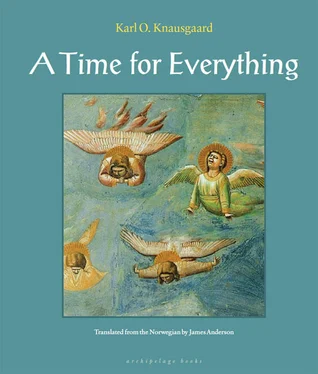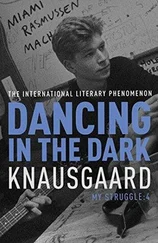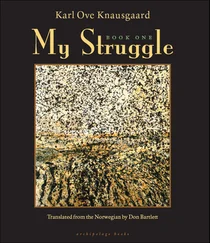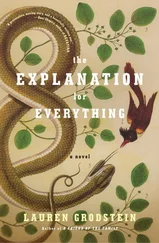It is at this period that the first descriptions of finds from the world before the great flood begin. According to the shipyard book of Nicolaus Witzen, a Dutch cartographer, a ship was found in 1462 containing a total of forty skeletons in a mine deep underground at Bern in Switzerland. It wasn’t unlike contemporary vessels, but the extraordinary location could be explained only by its being brought there by the flood, and that it therefore must have been built sometime between the fall and the flood. Witzen also mentions an enormous ship’s anchor that was found down a gold mine near Montauban in France, on which characters from an unknown language had been inscribed. But the most interesting of all these documented finds is the one made by Johann Scheuchzer near Lake Constance as late as 1726. There, he dug up parts of a human skeleton, which was exhibited at Haarlem the following year and, because of its size, caused enormous interest. The individual this skeleton had once belonged to must have been more than ten feet tall, perhaps closer to twelve. And one of the few things mentioned in the scriptures about the period before the great flood is that giants wandered the earth. Hence the interest. The skeleton belonged to a giant who existed before the flood and was thus the only living creature from that time whose remains had been discovered. Of course, shells and other marine life forms had always been found high up in the mountains, but this was something different, this was one of the giants from before the flood, mentioned in the Bible.
However, in 1811, all this was repudiated by Baron Georges Cuvier, one of the most important pioneers of evolutionary theory, who believed he could prove that the bones didn’t belong to a giant, but to an enormous, extinct salamander.
As we know, the actual theory of evolution was developed by Charles Darwin and published in The Origin of Species in 1859. This was a huge success in scientific terms, and to this day has completely dominated our view of living things and their history. Other theories have been pushed out into the cold. It’s easy to imagine that the battle between them was fought out at the end of the nineteenth century, but this wasn’t so, by then the path had already been cleared for Darwin’s theory, the victory assured. To find the real struggle, one must go back to the sixteenth and seventeenth centuries. There it is harder to decipher, as the different attitudes, which to us seem like complete opposites, and totally incompatible, could then exist side by side. Not merely within one and the same culture, but within one and the same person. And because these people not only thought differently about the world than we do, but also thought differently about themselves, it’s almost impossible to gain a clear picture of what they really believed. Reason and emotion, historical events and mythological episodes, hard facts and wild speculation, were all mixed up inside them. And all this, that was going on inside their heads, went on to permeate their bodies. The thoughts that thought, the heart that beat, the lungs that breathed, the hair that grew, the wounds that healed, the eyes that saw, the ears that heard, all merged together, just as they do in us, without us realizing it, just as they didn’t realize it: only in retrospect does the human aspect become clear, in the form of what separates them from us. The things they thought that we don’t think. The things they believed that we don’t believe. The things they saw that we don’t see. And from this we can draw the following conclusion: one day, in a few hundred years’ time, the human race of the future will look on us in the same way. What for us is an obvious truth, something we regard as so self-evident we don’t even think about it, because we can see it, it is like this, will to them be completely incomprehensible. Perhaps they’ll laugh at us, perhaps just be fascinated by us, even say they have respect for us, but no matter what they say, they will end up feeling superior to us. For they know. They can see.
The elements in this view of the world — just beginning to take shape in the sixteenth and seventeenth centuries, and which in the course of the eighteenth and nineteenth obliterated all competition, to the extent that for nineteenth-century man it was the only one feasible, so obvious that one didn’t even realize it existed — were at first few and far between. They didn’t know about each other, and there wasn’t any forum in which they could come together. One element might exist in a chain of thoughts of someone in Baden, tumbling round and round in the darkness above the cliff edge of consciousness together with all his other thoughts, which were strangers to it, with which it had nothing in common, but nevertheless cohabited. Another element might exist as a potential in a cupboard in a study in Florence, where it might remain for several years waiting for the chance event that would realize it and give it shape, initially as a thought, and then in writing. But before that a retort had to burst, a hand had to be cut, a few steps taken, the cupboard door opened and a pair of eyes rest their gaze on the object there, the top level of a series of events supported by the massive number of coincidences needed to bring a particular individual into the world, give him a particular life, that leads him to a particular place at a particular time. There are millions of such elements, perhaps even billions, but they all existed in what were for them alien environments, many of them in books written in antiquity or the Middle Ages, which may have been lost in the West but were translated into Arabic, where they lived on throughout the last centuries, and now suddenly are translated back, because of some movement or other in this or that market, because of this or that war, because of this or that mad prince’s whim five generations ago. Discoveries with unintended side effects. New celestial bodies. New continents. There were millions of them, but compared with everything that is contained and moves within cultures, they were few and very far between. These few and far-flung elements in what was to become a worldview were very like predators with vast hunting grounds. When the time is right and the desire to multiply manifests itself, everything else pales into insignificance. They cover huge distances in search of their mate. Something that is like them, but not identical, because there has to be a small difference that makes a union and an increase possible. All other signs suddenly become meaningless, they no longer see the world around them, only the part of it that leads to the only creature that is like them. And that one is searching too! Slowly but surely they zero in on each other, the leagues become miles, the miles become yards, and then there they are sniffing one another.
What suddenly caused the elements in the new worldview to begin searching for each other, and to find each other, no one can say with any certainty. All we know is that they began to gather in clusters. They gathered in certain minds (the so-called great men), and the more of them there were, the more intense became the hunt for more, until at last they dominated the host’s mind entirely. And because they’d chosen the very finest minds, the greatest men of the age, they continued to grow, because this was a man people listened to, this was a man who could state a case convincingly, and this was a man who attracted other great men, and then things really started moving. That the occasional one was burned at the stake by men whom the elements of this new worldview had not enlightened was unfortunate, but was of no importance in the wider context. Throughout the eighteenth century it grew, until by the nineteenth century it was fully developed, and only small adjustments remained to be done, which the small but enthusiastic people of the twentieth century were more than happy to supply.
Читать дальше












